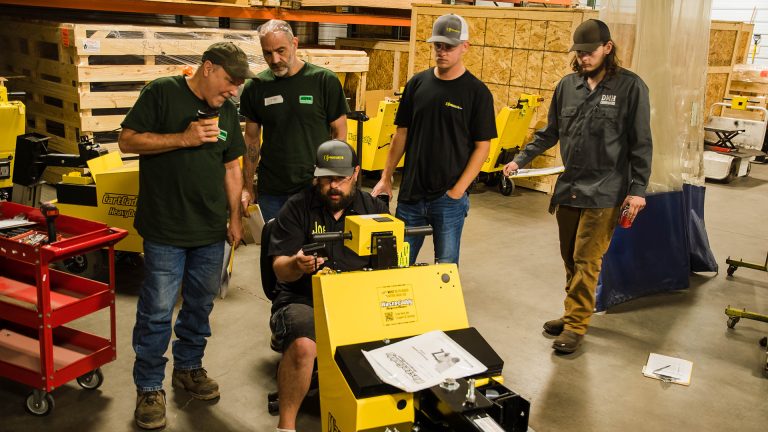
Will your aircraft caddy soon be toting flying cars? The Kitty Hawk Flyer is touted as the future of the flying car industry. Tested atop Lake Las Vegas amidst journalist fervor, the California-based company put on quite a show.
Potential Use within Urban Communities
The 254-pound Kitty Hawk Flyer, classified as an FAA Part-103 ultralight aircraft, requires no pilot’s license. With just 12 moving parts, including 10 propellers and 2 cockpit controls, the recreational vehicle is a cinch to operate. The Flyer sports no altimeters, fuel indicators, gauges, or computer read outs. With a carbon fiber body that resembles an oversized drone bedecked with pontoons, it’s as simple as they come.
Easier to Operate than a Video Game System
The Flyer’s flexibility and ease-of-use put it front-and-center as a likely predecessor to the much anticipated flying car. Brittney Miculka, flight training manager for Kitty Hawk, said she could teach someone the basics of flying it in about 20-minutes. However, new pilots typically undergo a 90-minute training session that includes training in a simulator, as well as additional training on how to escape the vehicle in the unlikely event it overturns in the water.
Early Testing with Clipped Wings
Kitty Hawk is under extensive restrictions in its early testing phase at Lake Las Vegas, facing a 6-mph top speed, 10-foot height restriction, and low wind tolerance. However, this didn’t seem to diminish the excitement of the company, its investors, and the plethora of journalists who traveled from as far away as England, Germany, and Japan to see it in action. Kitty Hawk officials have yet to release cost and availability information, but the future awaits…
What will you soon be carting with your aircraft caddy? Reveal the future with DJProducts today.


